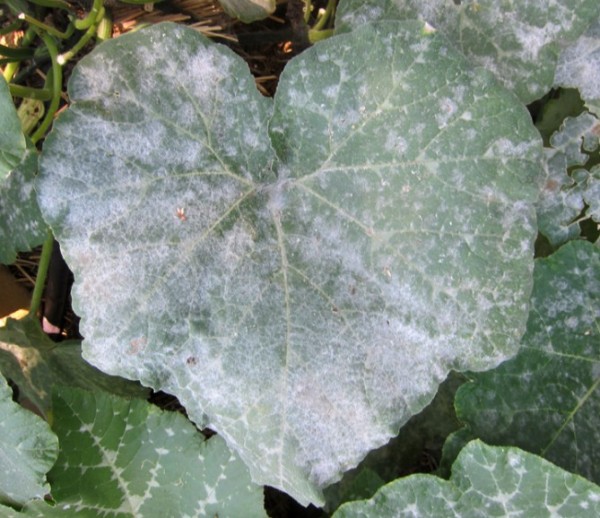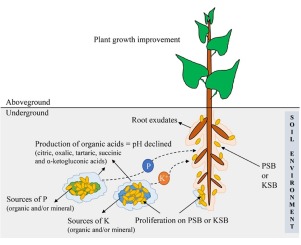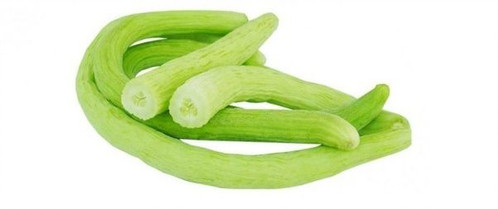- In central India, furrow, bed and pit (deep, shallow and mounds) sowing methods are followed.
- Usually, sowing is done on the top of the sides of furrows and vines are allowed to trail on the ground especially in summer season.
- About 5-6 seeds are sown in a pit and finally, two vines are retained.
- It is advisable to soak seeds for 12 hours to facilitate germination.
- For transplanting method, seeds are sown in polythene bags (10 x 15 cm size) filled with potting mixture.
- The seedling should be transplanted at two-leaf stage or after three weeks.
Like and share with other farmers by clicking on button below
Share




